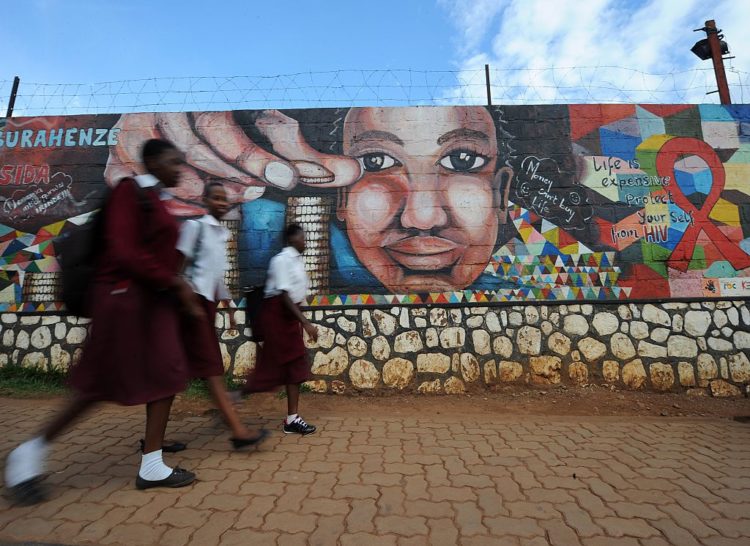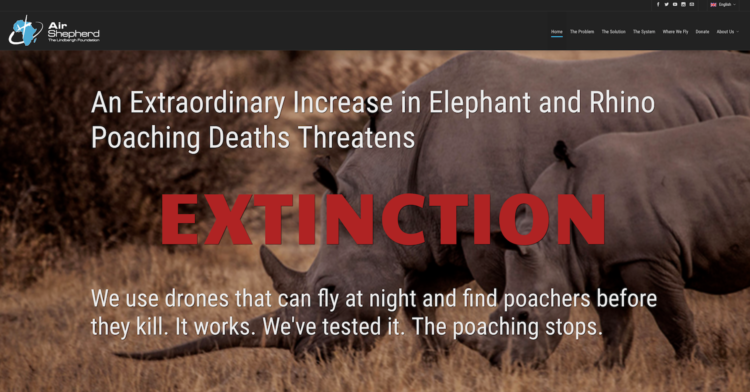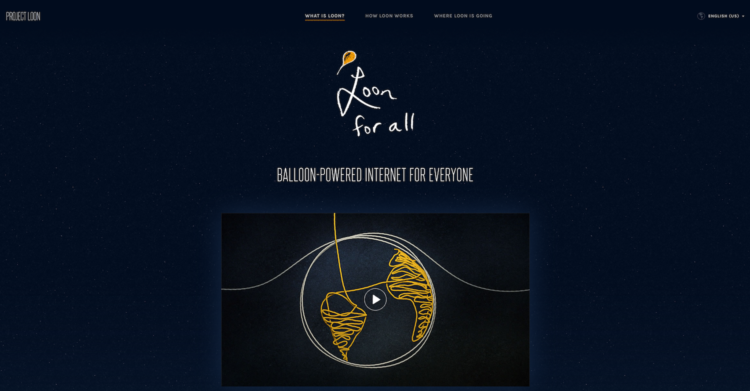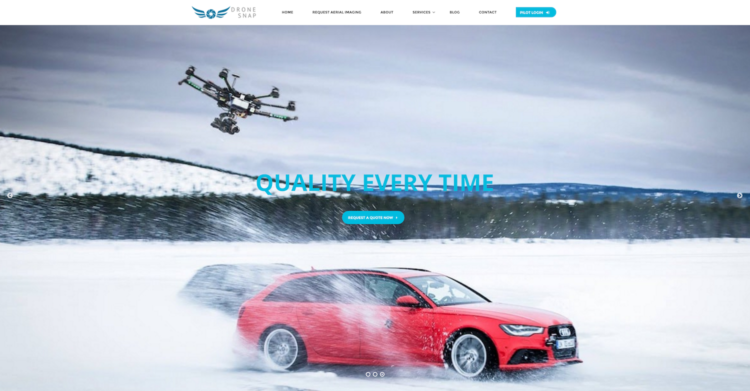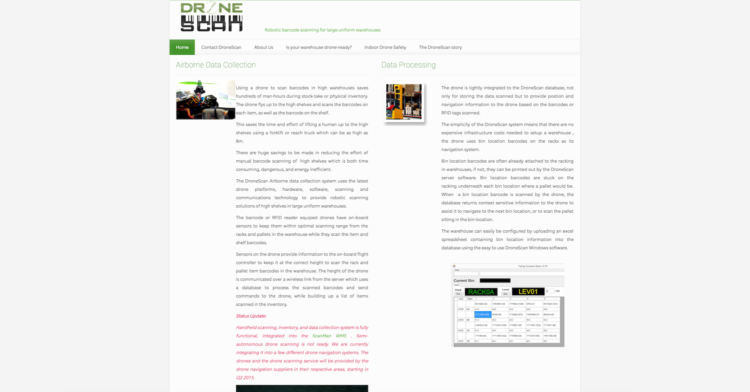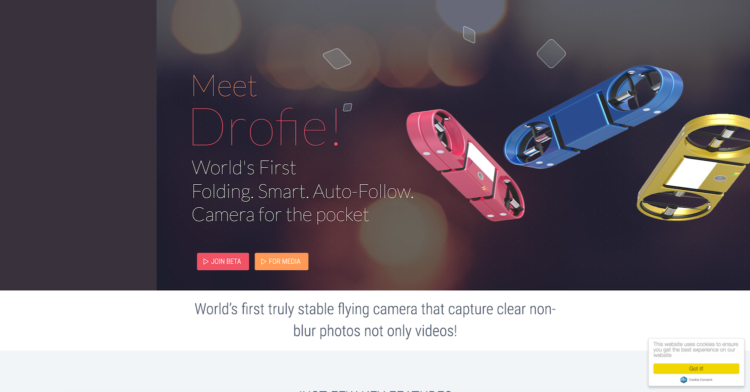Drones have long been thought of as the text big thing of the tech revolution, alongside lofty concepts such as the Internet of Things (IoT) and Big Data. Finally, drones are arriving in Africa.
There are, inevitably, concerns over privacy and safety, especially in the African context, where as usual the pace of technological development has been quicker than the government’s ability to react. The drone space in Africa is dangerously unregulated, and governments are struggling to catch up and implement policies that restrict the dangers associated with drones while allowing them to fulfill their undoubted potential.
Yet, as the process of regulating drones effectively continues, there is growing evidence they have the power to change Africa for the better – especially with their ability to overcome the logistical challenges that inevitably come with such a large, populated but dispersed continent.
Here are six ways drones could change Africa for the better.
Stunningly, the landlocked East African country of Rwanda is to become the base of the world’s first commercial drone delivery service, and drone airport. Silicon Valley company Zipline has partnered with the country’s health ministry, Gavi, the Vaccine Alliance, and the UPS Foundation, to use drones to deliver medical supplies to rural health centres.
Pre-programmed, pilotless aircraft are to be tested to see if they can overcome delivery issues associated with poor transport infrastructure, dropping blood to rural healthcare centres in boxes from heights of up to 400ft using paper parachutes. The drones have a range of 75km and will be based country-wide, with plans afoot to expand it to other humanitarian areas and eventually commerce.
Poaching, and rhino poaching in particular, are huge problems across Africa. Various initiatives are underway to use drones to combat poachers. In the South African province of KwaZulu-Natal in South Africa, silent drones are being used to patrol rhino reserves for poachers, offering the kind of cover park guards could never match.
The Air Shepherd programme from the Lindbergh Foundation is deploying surveillance drones featuring a GPS navigation system as well as daylight and infrared cameras. They are controlled by an on-the-ground operator, can turn 360 degrees, and can fly for approximately two hours. Like other similar initiatives, the aim is to stop poachers in their tracks. It also uses predictive analytics to predict where poachers will be.
Check out more at lindberghfoundation.org
Drones are even being used in a bid to bring more internet connectivity to Africa, another area where poor infrastructure has hindered the continent. Internet service providers have not found it sustainable to roll out fibre connectivity to unserved areas, but Google and Facebook are among the companies trying to change that by using drones.
Google X (now known as X) has launched Project Loon, which involves stratospheric helium balloons that can be steered in fleets, providing high-speed LTE connectivity to mobile devices below. Facebook, meanwhile, has developed a solar-powered drone with a 42-metre wingspan. The drone beams connectivity to ground-based receivers. As the drive to get more Africans online continues, we can expect to see more such initiatives.
Check out more at google.com/loon
Traditionally, companies or individuals wanting aerial imaging would have to rely on helicopters. Yet helicopters are expensive, as South African company DroneSnap realised when it began life in May 2014 as an aerial photography company. It hence pivoted, and now runs an on-demand platform connecting those requiring aerial imaging with registered drone pilots.
The service, which DroneSnap says is 70 per cent cheaper than using helicopters, provides professional drone operators for all kind of aerial imaging, such as in the mining and filming industries. It now has over 80-vetted drone pilots on its platform.
Check out more at dronesnap.co.za
Another South African company – DroneScan – has developed warehousing drones. The drones, which are undergoing commercial testing in Europe ahead of full launch, carry a scanning product that can scan product inventory in large uniform warehouses. Imagine the assistance this would offer to large commerce companies.
The DroneScan scanner includes communication with a base station for warehouse systems integration, and also features indoor navigation. It saves hundreds of man-hours during product inventory, as it can fly up to high shelves to scan barcodes. Sensors keep it at the right height, and all data is sent to a central server.
Check out more at dronescan.co
A little less life-changing than the above products, perhaps, but Egyptian company Drofie has is bringing drone technology to the world of self-photography – or ‘selfies’. A ‘Drofie’ is a pocket-size camera drone that has an auto-follow feature. This means it can follow its owner around and take pictures of them.
The product is still in pre-launch but is join the Switzerland-based Kickstart accelerator programme in August. Its competitive advantage, once fully developed, will be that while most small drones can shoot aerial videos, Drofie will be the first capable of still shots and images.
It is also developed at a size that ensures a user does not – currently – need a licence to own or operate it.
Check out more at getdrofie.com

